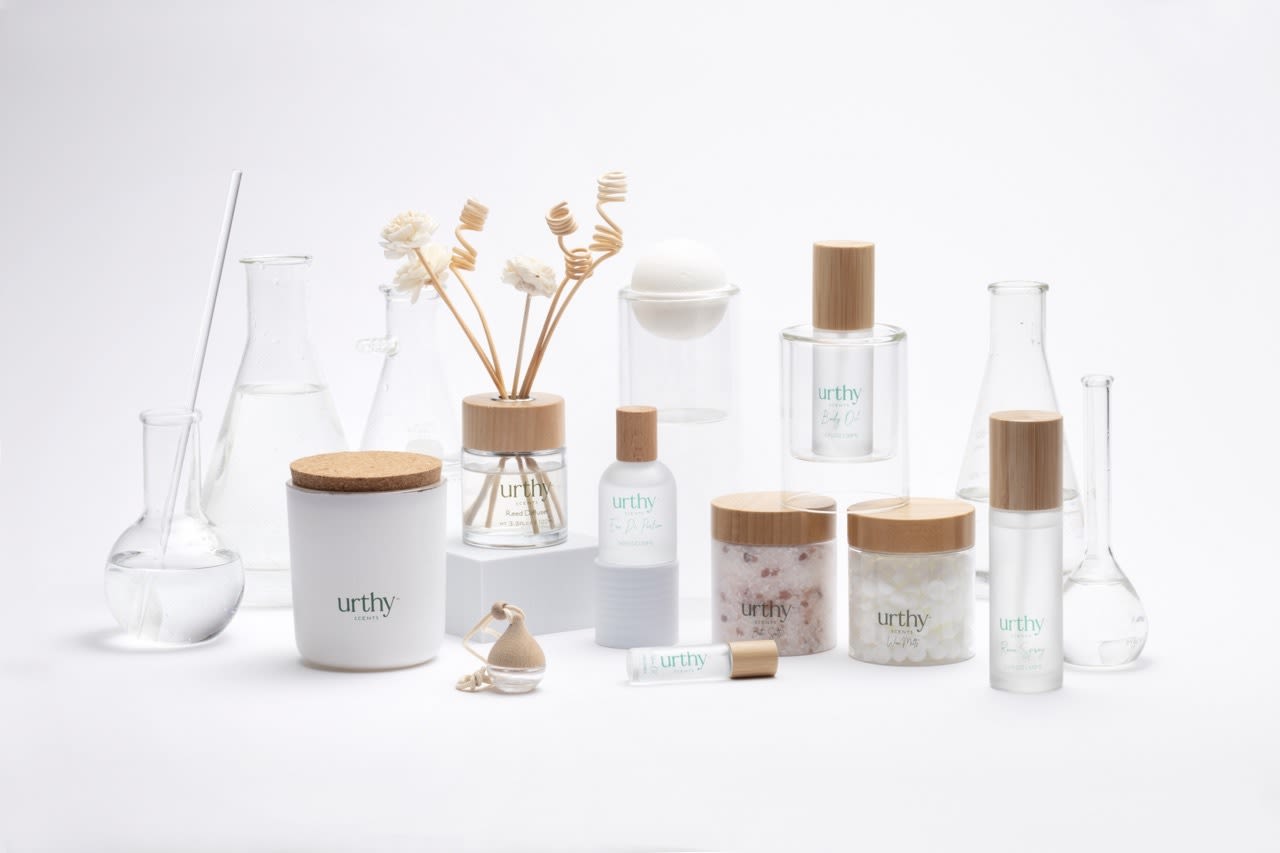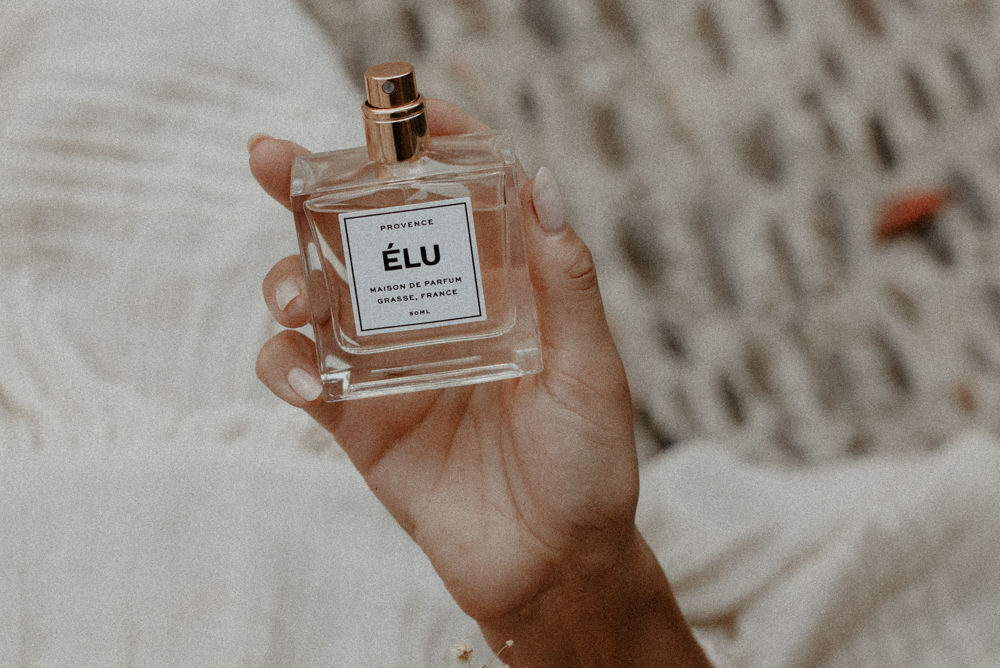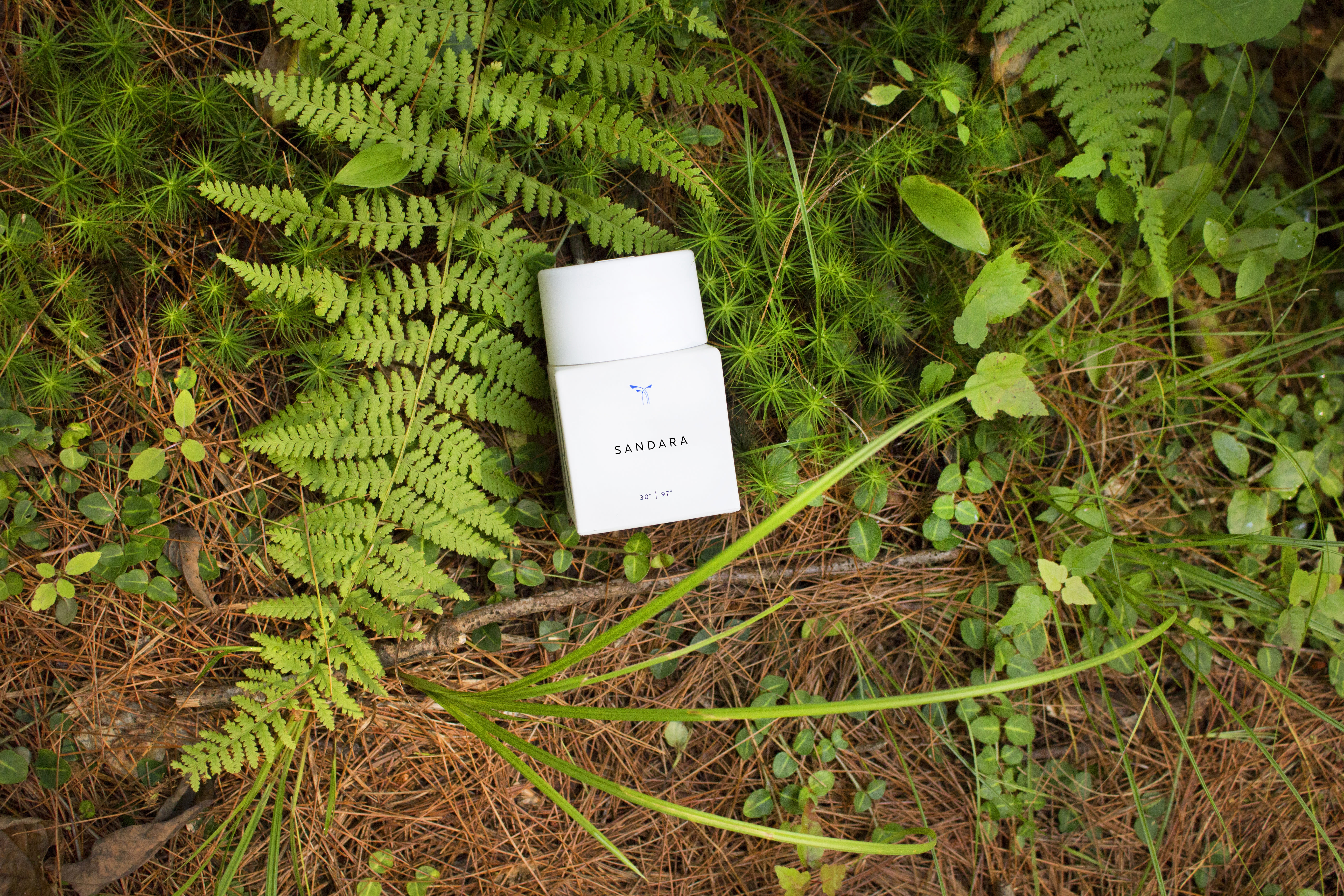Haute Parfumier Anastasia Sokolow Wants to Help You Find Your Perfect Scent
From a chic apartment in Paris, Anastasia Sokolow, Sulékó designer and member of the French Society of Perfumers, will take you on a 57-minute guided tour of the olfactory in her online Sulékó Scent Masterclass.
A guided meditation of sorts, the class expands on the emotional influence of the scent essences of the four seasons. Anastasia’s soothing, elegant voice gently instructs students to "imagine yourself a garden…slowly comes the smell of a rose…" Or, she says, "it’s winter, nature is asleep, the earth is covered with snow…everything is peaceful and calm."
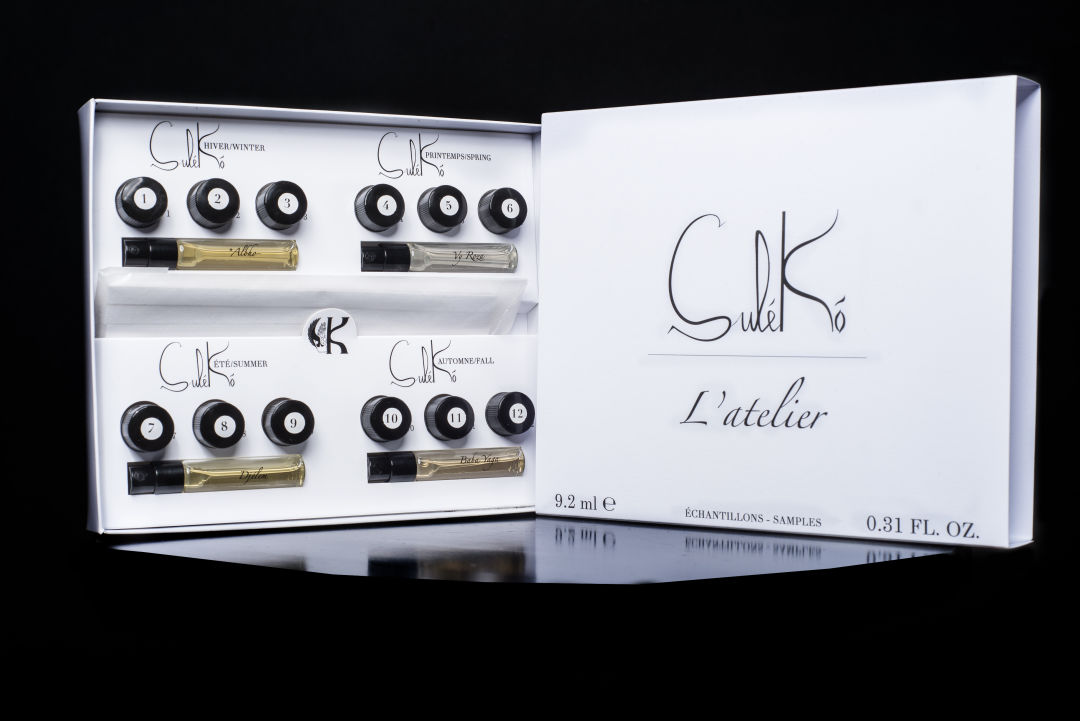
Image: Courtesy Sulékó
You’ll discover that an hour is not nearly enough. When the class ended, I was sad to see Anastasia go. A storyteller at heart, Anastasia takes you on a romantic journey of the senses in which she envelopes students in the art and poetry of each season, describing the atmosphere of life in winter, spring, summer and fall through the language of scent essences--warm suede, the fullest blossom of a lilac, freshly cut hay, the spiky scent of a clover, the roots of a tree, fields burned by the sun and a lilac in full bloom.
I caught up with Anastasia from her Paris salon, where she shared insights on everything from a history of Russian haute perfume to how to properly apply your scent. You're certain to adore her in no time.
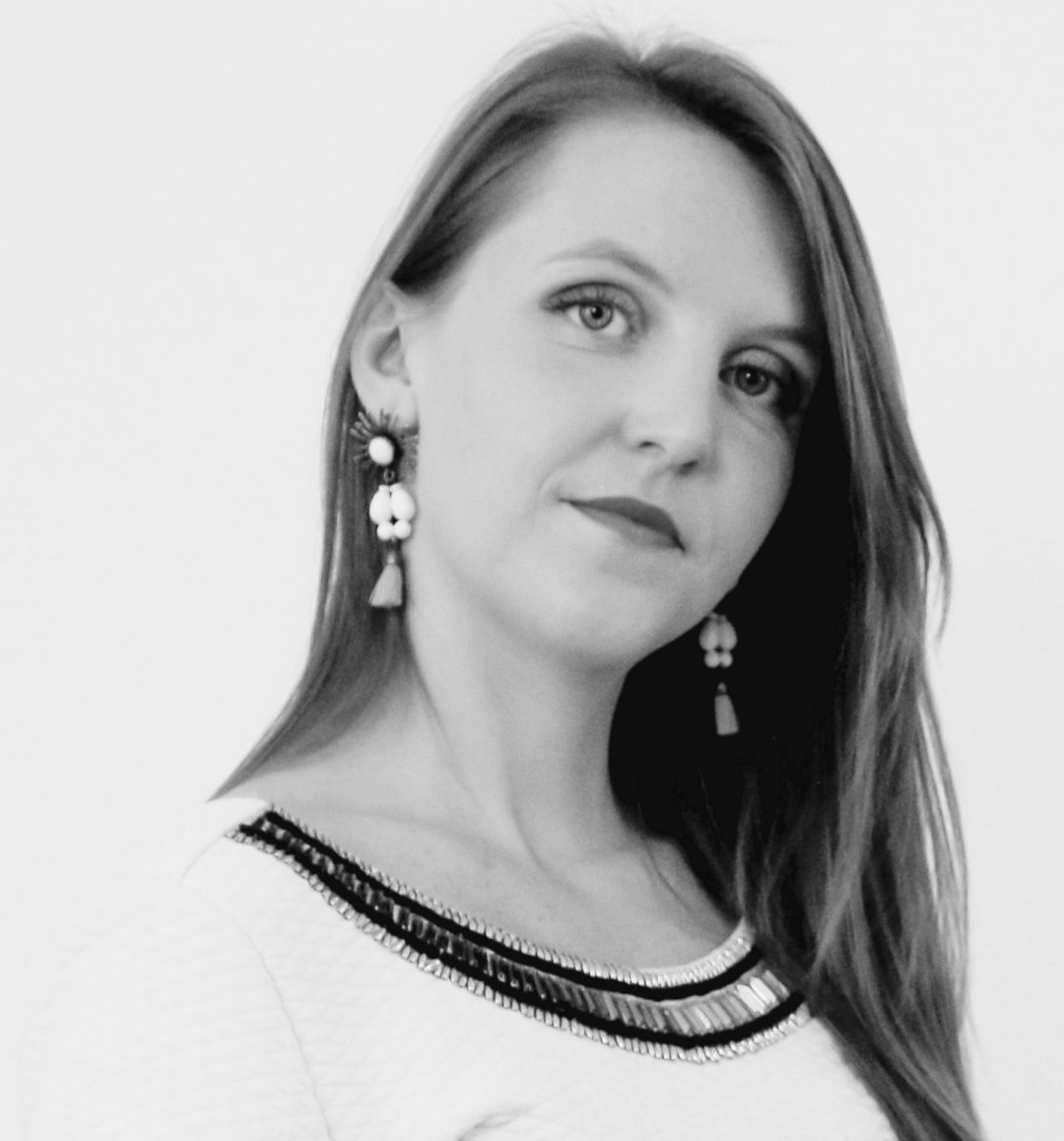
Image: Courtesy Sulékó
Let’s begin with the name Sulékó. What is the meaning of this divine-sounding word?
The name “Sulékó” comes from a Russian song that I learned when I was a child: "Suliko." This song speaks of a young man who has lost his soulmate; he desperately looks for her and eventually finds her, thanks to the scent of a rose. Sulékó wants to be the key that enables you to find your own fragrance, the scent that reflects who you are and echoes your soul.
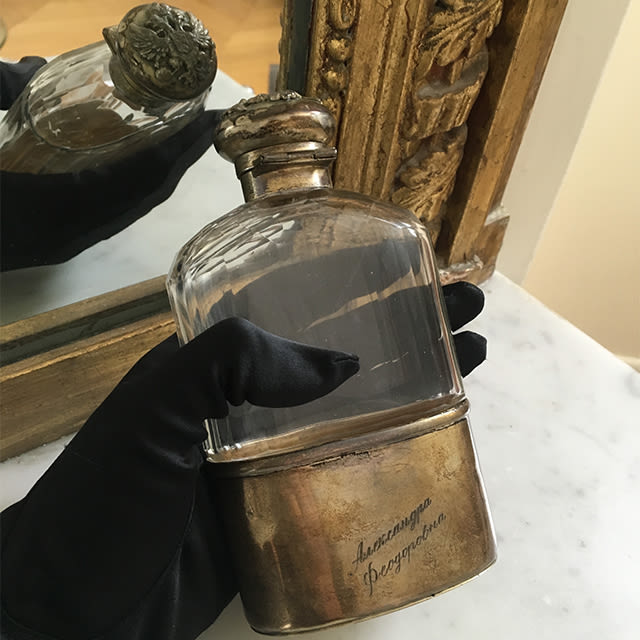
Image: Courtesy Sulékó
Give us a brief history of the Russian Haute Parfumerie.
The Russian Haute Parfumerie was at its height at the beginning of the 20th century, right before the Revolution. It was recognized worldwide for the quality of its compositions and the beauty of its bottles. There were 30 major perfume houses, the most famous of which were Brocard, Rallet, Ostrooumoff, Ferein and Tchepelevetsky. They rivaled the most prestigious French names: Guerlain, Houbigant, Piver.
Russian perfumers won numerous awards at international exhibitions for their creations. They used the finest essences, most of which came from Grasse, in the south of France. Their fragrances were inspired by Slavic art, literature and folklore, and they were offered in beautiful bottles created by artists such as Fabergé or Malevitch.
Talk to us about the seasons of scents.
We can easily connect specific smells, notes and scent ingredients to each season. Spring brings into your mind the watery freshness of lily of the valley and hyacinths--luminous and light scents. If I mention fall, you will most likely think of the scent of dead leaves and the dark, earthy, woody scents of a forest after the rain. This is a very intuitive way of describing scents and perfumes. One might not know what a “chypre” perfume is, but everyone knows what fall smells like.
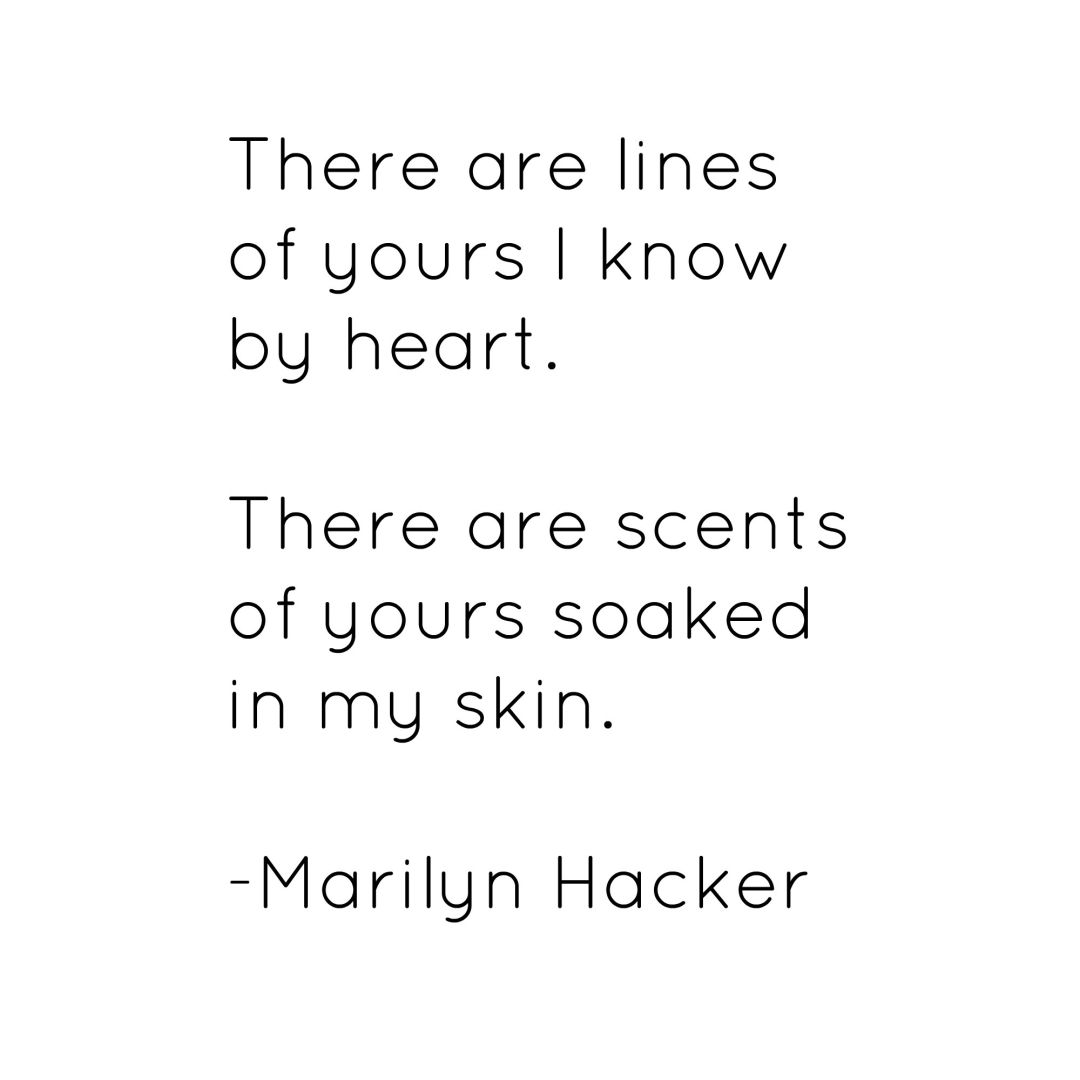
Image: Courtesy Heather Dunhill
How have poets influenced fragrance?
If you enjoy reading poetry, you probably noticed that poets from all over the world use seasons as metaphors to describe emotions. Fall, for instance, is used to describe a state of spleen, when sadness and melancholy prevail, whereas spring is synonymous for new beginnings; a celebration of life and everything luminous and joyful. Therefore, we can say that each season is an encounter between scents and emotions, and poets help us understand the emotional meaning of scents within each season.
With our online master class, you will uncover the emotional facets of each season by listening to poetry. This is how you progressively intake our language of scents and find the perfume that truly matches your state of mind.
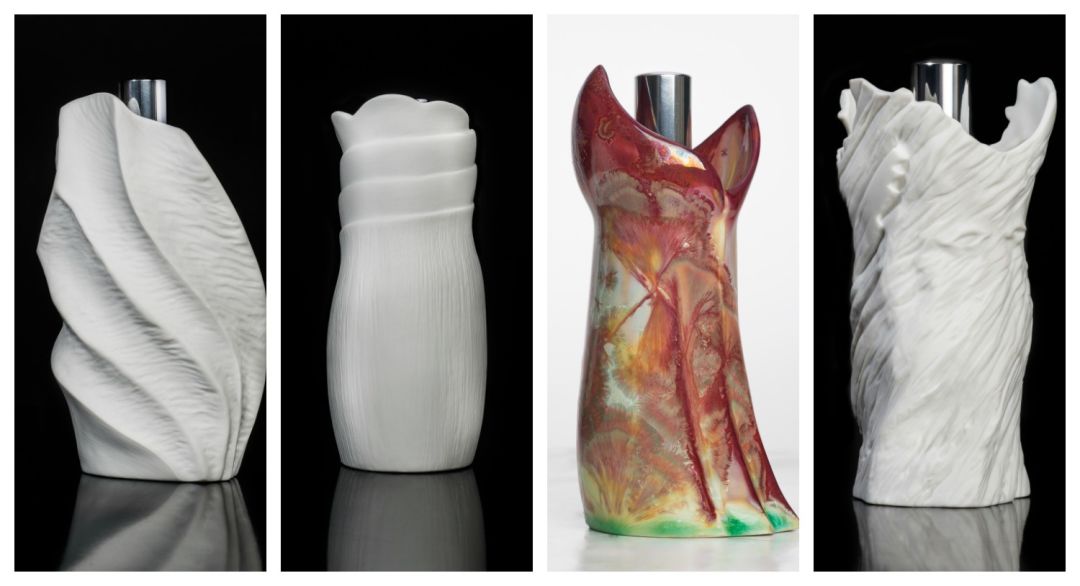
From left to right: Albho, Vy Roza, Djélem and Baba Yaga.
Image: Courtesy Sulékó
Please define the four Sulékó perfume universes, the meaningful names and how they inspired you to capture each fragrance.
Albho is part of Sulékó Winter. The name is the Indo-European root of the Russian word lebed, which means "the swan." With this perfume, mint, eucalyptus, pine and cedarwood project the cold immensity where the swan lives secluded. But slowly, warm notes of resins break through: tolu balsam, labdanum and benzoin represent a being freeing itself and finding peace and harmony.
Vy Roza is part of Sulékó Spring. The name comes from Tchaikovsky’s opera Eugene Oneguin. Triquet, the French ballet master, sings to Tatiana, "Vy roza belle Tatiana" ("You are a rose beautiful, Tatiana"). This perfume captures the moment when Tatiana falls deeply in love with Oneguin. It was created around the precious rosa damascena; the rose is fresh, luminous and fruity, surrounded by lily of the valley, hyacinths and lilac. Progressively, the perfume becomes soft and enveloping like the love which enlightens and awakens Tatiana.
Djélem is part of Sulékó Summer. The name comes from the anthem of the gyspies, who wear carnations in their hair as their bodies undulate and exhale a sensual smell of amber, then warm and sweet vanilla. Progressively a darker note of immortelle appears, which translates the mysterious side of the gypsies.
Baba Yaga is part of Sulékó Fall and refers to the witch of the Russian fairy tales. To Sulékó, she is this dark force, which embodies all our fears, everything that holds us back and consumes us--a force that we need to fight in order to live. A gust of spice pinches your nose, with dark notes of leather, patchouli and cade wood, plus iris.
Each perfume has its own porcelain sculpture bottle, which reflects the story of the perfume in a visual and tactile way.
What is the difference between eau de toilette and eau de parfum?
Once the formula of a perfume has been finalized, we produce the concentrate, which is the mix of ingredients weighted according to the formula. After a resting period called maturation, the concentrate is mixed with alcohol. Each perfume has its own proportion of alcohol depending on how powerful we want the perfume to be. The eau de toilette version of a perfume will always contain less concentrate than its eau de parfum version, which means that it will feel lighter, fresher but will last less time. In the eau de toilette version of Baba Yaga, for example, the vivifying notes of the citruses, which define the lightness of the fragrance, prevail over the woody and leathery facets.
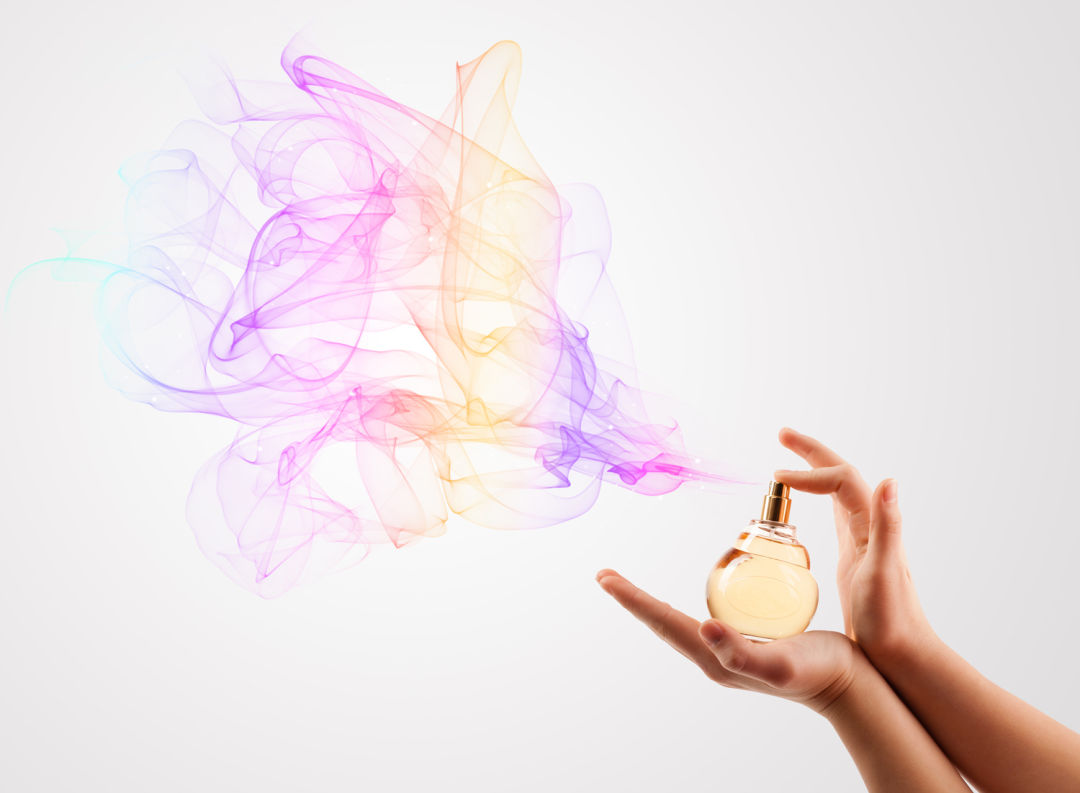
Image: Shutterstock
And lastly, what is the proper way to apply a scent?
Each fragrance shall evolve in a different manner depending on your skin; this is why I suggest that you spray it on your bare skin to make it personal.
Always hold the bottle about 8 inches away from you when you spray; the angle of the spray is quite wide so this will allow you to perfume a larger part of your body with just one spray.
Apply on the chest--the warmest part of your body--and the forearm; not the wrist, where it would tone down as you wash your hands. Also apply to the hair, especially if you have long hair, so that you have the feeling that your perfume moves with you. Remember, it is when you move that your perfume diffuses the most. Do not rub your arms together. It will speed forward the opening of the perfume. The scent should open up progressively throughout the day so that you may uncover its many facets.
For a stronger “sillage” [the scented cloud that surrounds you], you may perfume your clothes or a shawl, as well.
